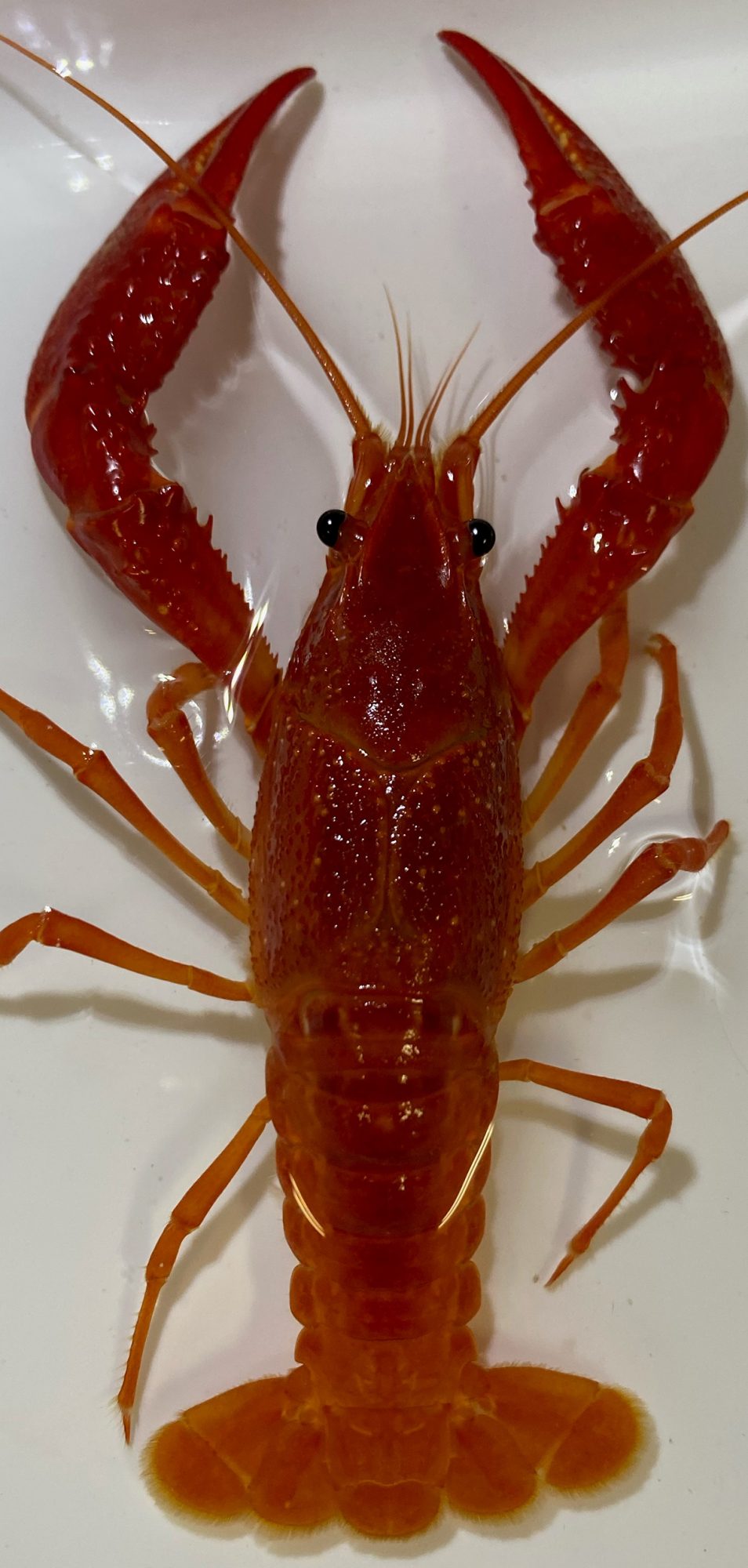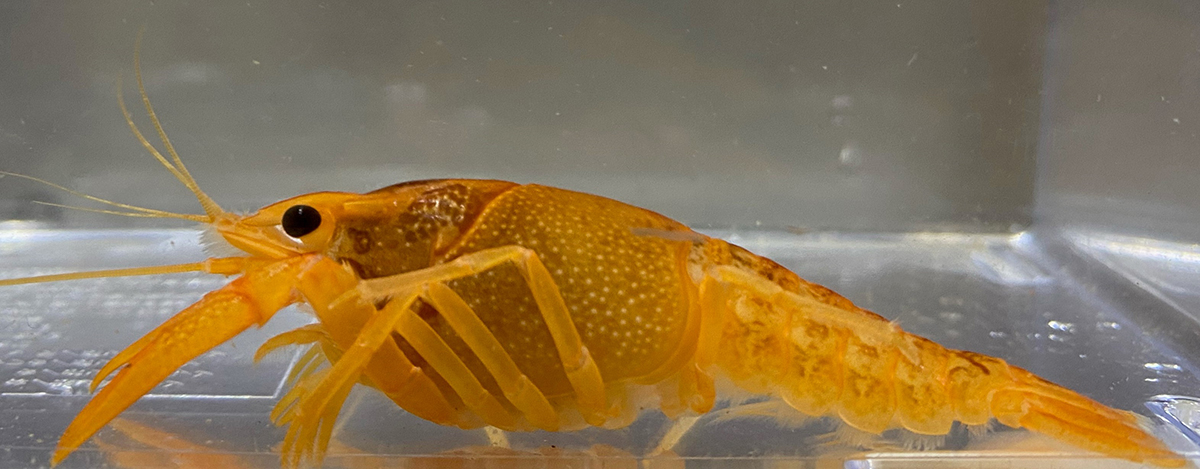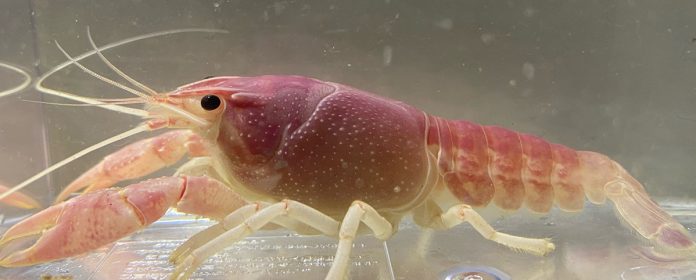Kouji Takeda*, Masataka Jitsuno* and Yumie Akaishi** examine the utilisation of crayfish (Procambarus clarkii) in integrated inquiry activities, starting with current status in Japan
At the site of science education in Japan, the issue of invasive alien species is treated as one of the factors that causes imbalances in the ecosystem, which leads to the decreases in biodiversity. It is due to either intentional or unintentional settlements of alien species that perturbs the preservation of the ecosystem. In addition, more attention is paid to the consequences of the problems caused by the invasive species than to the causes, such as the purpose and background of the introduction. In other words, knowledge of the consequences is more important than the causes. As a result, there is a tendency to argue in one direction that the problem lies with the alien species that have finally become established in the ecosystem.
To solve the problem of invasive species, it is important to consider countermeasures against the consequences that have been caused or could be caused. On the other hand, we believe that dealing with opportunities in school education that allow students to think about the root causes of such situations, prevention and solutions will lead to future conservation efforts. In fact, the Ministry of the Environment and other organisations have been advocating the three principles of prevention of damage by alien species (don’t introduce, don’t discard and don’t spread), but it seems that these principles are still not generally recognised. In the first place, the trigger of the invasive species problem is often due to people’s failure to properly manage invasive species. Presumably, not many people understand that the conservation of ecosystems is not only concerning protecting the landscape, but also concerning maintenance and management of the natural environment. It should be noted that once the landscape has been altered as a consequence of human activities, it may hamper the balance of organisms living there, and therefore, the management to preserve the biological ecosystem should be regarded as one of the essential human responsibilities.
Classroom development on the theme of the crayfish
In environmental education on the subject of the crayfish, we believe it is necessary to start with the fundamental questions that led to the current situation, such as the purpose of the introduction of the crayfish to Japan and the reasons for its existence throughout the country, and to think deeply about future conservation efforts. We are also working on advanced lessons on how we can utilise the crayfish as a sustainable resource, rather than just killing them.
In Japan, there is a curriculum called “The Period for Integrated Studies”. This curriculum aims to develop the qualities and abilities to better solve problems and think about one’s own way of life through cross-disciplinary and comprehensive learning, using inquisitive perspectives and thinking in response to a rapidly changing society.
We believe that this theme is suitable to be implemented in this curriculum. In this journal, we introduce perspectives on learning (inquiry) related to the fields of science, technology, social studies and agricultural education, using the crayfish as a subject.

Utilisation as an educational & a sustainable resource
In science education, we have been working on the development of experimental materials for observing changes in the body colour of crayfish due to pigments in their food (as featured in the July 2021 edition of Open Access Government, pp. 262-263). Recently, we analysed the components of the black, red, orange and purple body colours of crayfish (see photo) and are investigating the genes and proteins involved in the synthesis and binding of these pigments, intending to develop teaching materials using this information. We are also working on the development of a breeding system (aquaponics) that grows crayfish and plants at the same time through water circulation to collaborate with technical and agricultural education.
 In technology education, students learn to adjust the growing conditions of crayfish and plants in an aquaponics system by programming. Repeated trials of the equipment will not only foster an engineering background, but also the ability to perceive changes in organisms through observation. Also, by thinking about the energy required for the breeding system, the students will have an opportunity to think about its practical applicability. We are planning to use the BBC micro:bit microcomputer, which is highly expandable and requires minimal electronic work.
In technology education, students learn to adjust the growing conditions of crayfish and plants in an aquaponics system by programming. Repeated trials of the equipment will not only foster an engineering background, but also the ability to perceive changes in organisms through observation. Also, by thinking about the energy required for the breeding system, the students will have an opportunity to think about its practical applicability. We are planning to use the BBC micro:bit microcomputer, which is highly expandable and requires minimal electronic work.
In social studies education, researching the history of the crayfish, including the purpose of its introduction to Japan and studying its habitat and the increasing damage it causes will provide an opportunity to think about the problem of invasive species. In addition, by studying the utilisation of crayfish not only in Japan, but also in other countries, we can get ideas on how to utilise them in our country.
In agricultural education, the use of eliminated crayfish as fertiliser has been reported as an activity in agricultural high schools. We are considering using each part of the crayfish, the meat as food and feed, the pigment in the shell as a raw material for supplements and cosmetics, the chitin as a raw material for fibre and pharmaceuticals, and the remaining shell as fertiliser and feed. We are also considering the use of crayfish as a teaching material for food education.
As mentioned above, we would like to use the crayfish as an opportunity to focus on the environment, to think about environmental conservation from a comprehensive perspective, and to develop sustainable resources through educational activities that consider the eliminated crayfish as an effective resource. As an example of our efforts, we are currently investigating the functional components contained in crayfish to utilise them as a safe, secure and valued food resource.
Please note: This is a commercial profile
© 2019. This work is licensed under CC-BY-NC-ND.











